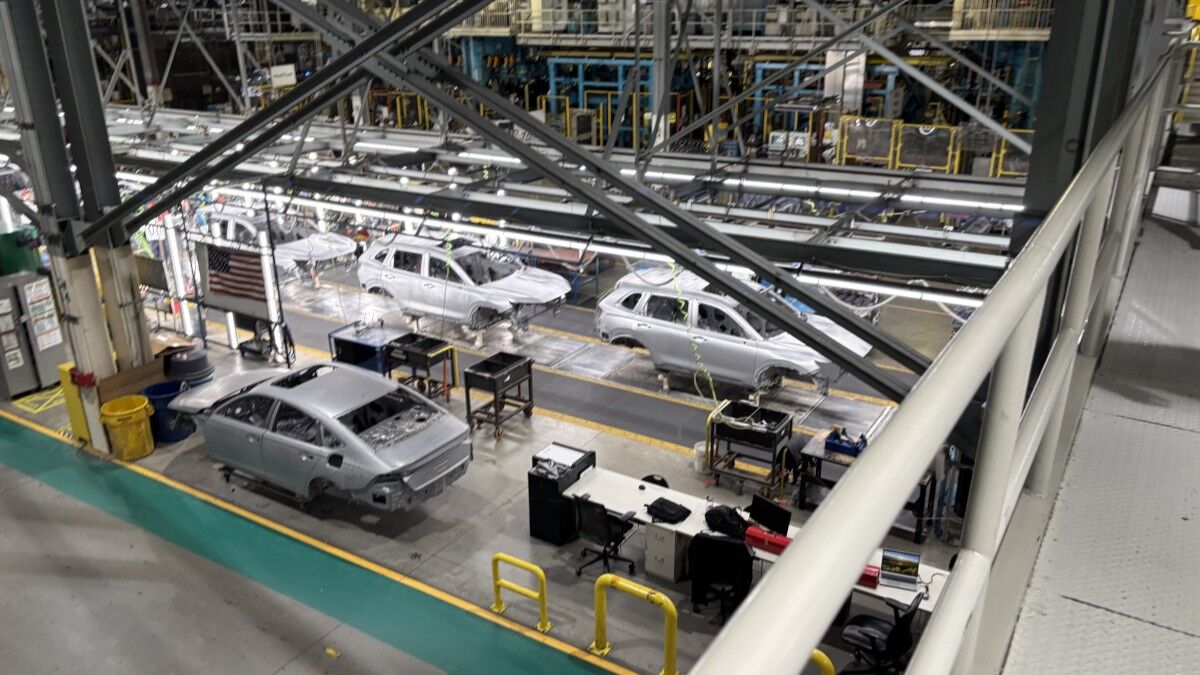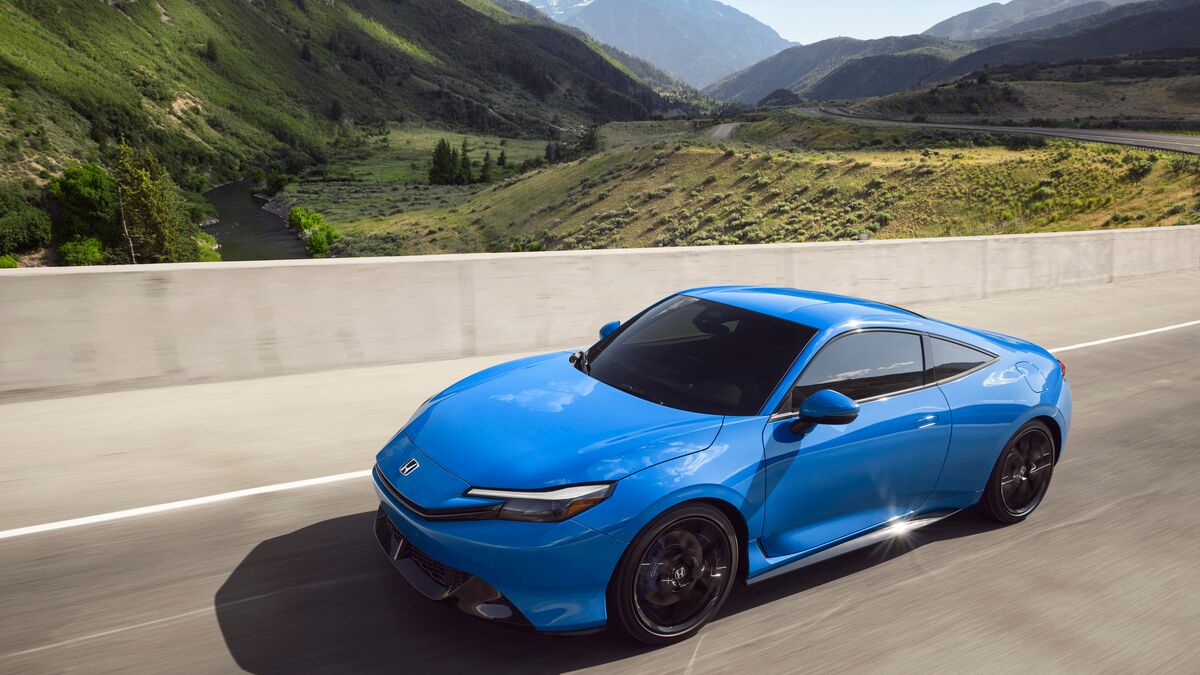Continuing its quest to devise the ultimate form of personal mobility platform, Honda has now created the UNI-CUB. An intriguing evolutionary variation on the more rudimentary — and notably less user-friendly — U3-X device that was presented during the 2009 Tokyo Motor Show, the more sophisticated UNI-CUB combines the automaker’s proprietary balance control technology showcased so effectively in its ASIMO humanoid robot with the Honda Omni Traction Drive System that also was introduced on the U3-X. Working in concert with a small rear stabilizer wheel, they permit the UNI-CUB to effectively mimic the motions of a person as well as start, stop and literally turn on its own axis in response to subtle weight shifts by its rider — or to touch-screen input from the owner’s smartphone.
"Designed for harmony with people," the UNI-CUB features a far more comfortable saddle-style seat than its U3-X predecessor, one that positions its rider at eye level with surrounding pedestrian traffic. When operating in weight-shift control mode, the UNI-Cub’s on-board incline sensor automatically detects the extent of the rider’s motions to determine the intended direction and speed of travel. Powered by a compact lithium-ion battery pack, Honda’s new UNI-CUB boasts a per-charge range just under 4 miles and a people-friendly top speed of slightly less than 4 mph. Although it will be some time before a production version of the Honda UNI-CUB hits the market, the automaker will begin conducting demonstration tests of this new take on personal mobility starting next month. Working in conjunctions with Japan’s National Museum of Emerging Science and Innovation, Honda plans to evaluate the feasibility of using the UNI-CUB in a variety of barrier-free indoor applications.







